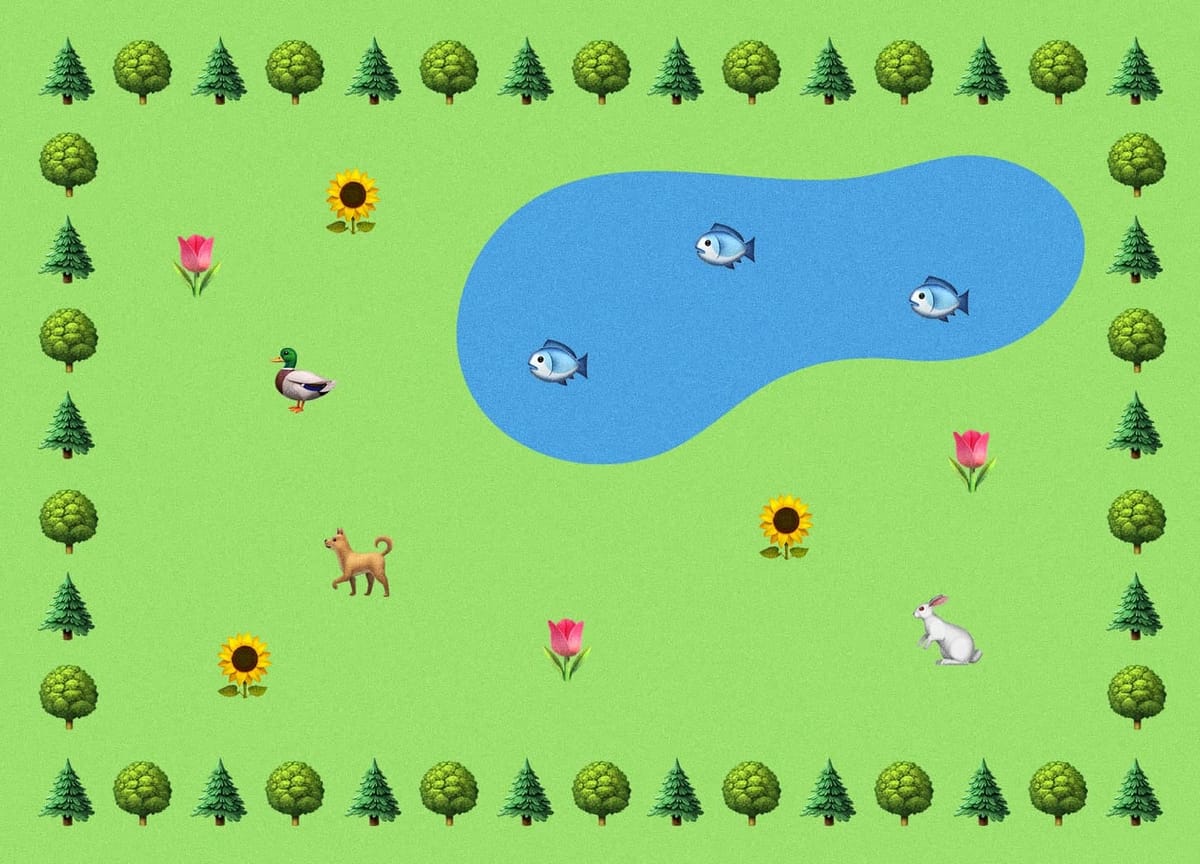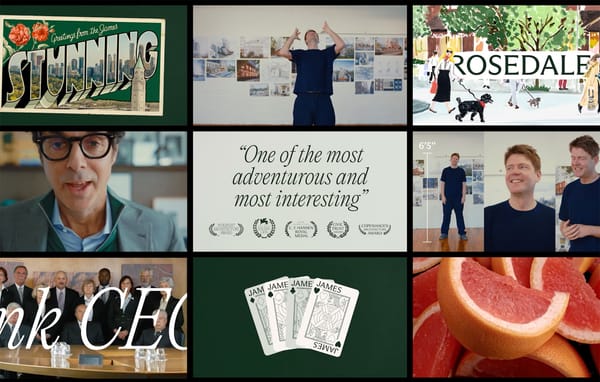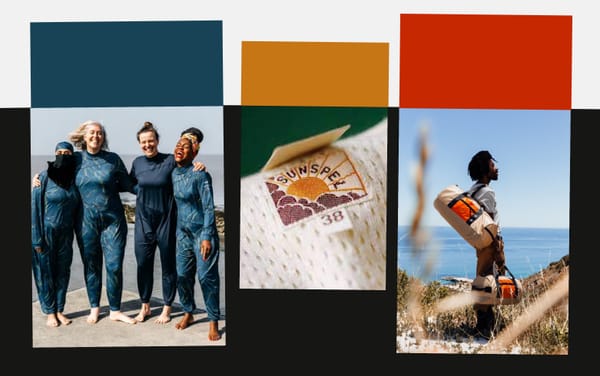Anyone with the Link
Publishing from the edges of major platforms

Hi everyone,
Four years ago last week, a Twitter user named Andy Lindeman posed an innocent-seeming question: “Does your team’s agenda document have a peaceful place for everyone’s cursor to hang out in nature?” He included a screenshot depicting a ring of emoji trees, inside of which were a few emoji animals and a rainbow-hued assortment of Google Docs users’ cursors. Like many people, I laughed, made a “cursor park” at the top of a doc or two, and moved on. What I missed at the time was the subversiveness of the gesture: Lindeman wryly repurposed an affordance offered by the platform—the visible co-presence of other users, in the form of cursors—for their own (communal) ends.
I thought back to this episode when reading product designer and web experimenter Elan Ullendorff’s wonderful tribute to “The Doc Web”: “Google Docs may wear the clothing of a tool, but their affordances teem over, making them so much more.” Ullendorff outlines ten axioms that suggest how public Google Docs constitute a “softer approach to publishing,” more in line with zine-making than the fancy websites of the latest media startup. His list balances an awareness of the technical underpinnings and the emotions and urges that lead to public Docs.
The Doc Web can alter society. Think of the “shitty media men list” at the height of the #MeToo movement or the mutual-aid organizing that took place during spring and summer 2020. It also has more straightforward uses, like teaching people how to start and run a creative agency or standing in for a more complicated personal website. It can also be a tool for reimagining stagnant art forms.
I spend a lot of time thinking about, experimenting with, and extolling the virtues of small, independent software products and platforms. (Related to the idea of cursor parks, one recent favorite is Sprout.) Ullendorff’s essay is a beautiful reminder to also seek out the useful spaces at the margins of giant platforms. The value there isn’t in the tool, but in “the resourcefulness and ingenuity of communities. […] Any other publishing that occurs is incidental, if not collateral. Anything radical published on Google Docs is published in spite of Google Docs.”
Want to go exploring the Doc web? Ullendorf embedded a great list in his essay. You can also start here, with an Are.na search for “google docs.” At any given moment I have a doc or two bookmarked; today, it’s designer and writer Elizabeth Goodspeed’s 250-deep list of design studios, originally made for her students but, thankfully, shared publicly.
What have you made “in spite of” the tools used to make it? You can tell me by commenting below or replying to this email, but why not make a Typefully list of rhetorical questions, review the coffee shop next door to the Frontier office on Google Maps, or submit a pull request on the Github repository of my personal website? I’ll be waiting—and clicking.
Love all ways,
Brian
🔗 Good links
- ✍🏻 Related to the above, consider this, from Tom Critchlow: “Small b blogging is learning to write and think with the network.”
- 📚 Also related: Sal Randolph’s three-part (1, 2, 3) meditation on “publishing as a form of public action.”
- 📬 Somewhat related: One of my two favorite local pen & stationery shops is doing a pen pal match-up.
- 🛣️ Plan your trip across the roads of the Roman Empire.
- 🪦 “I’m not totally sure what a finished stone means to a family.” A lovely meditation on being a memorial designer.
- 🎮 I’m not big into video games, but the trailer for Humanity has me very intrigued





